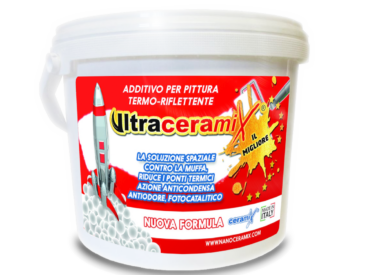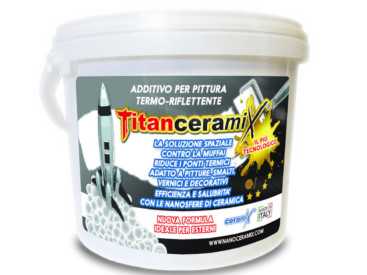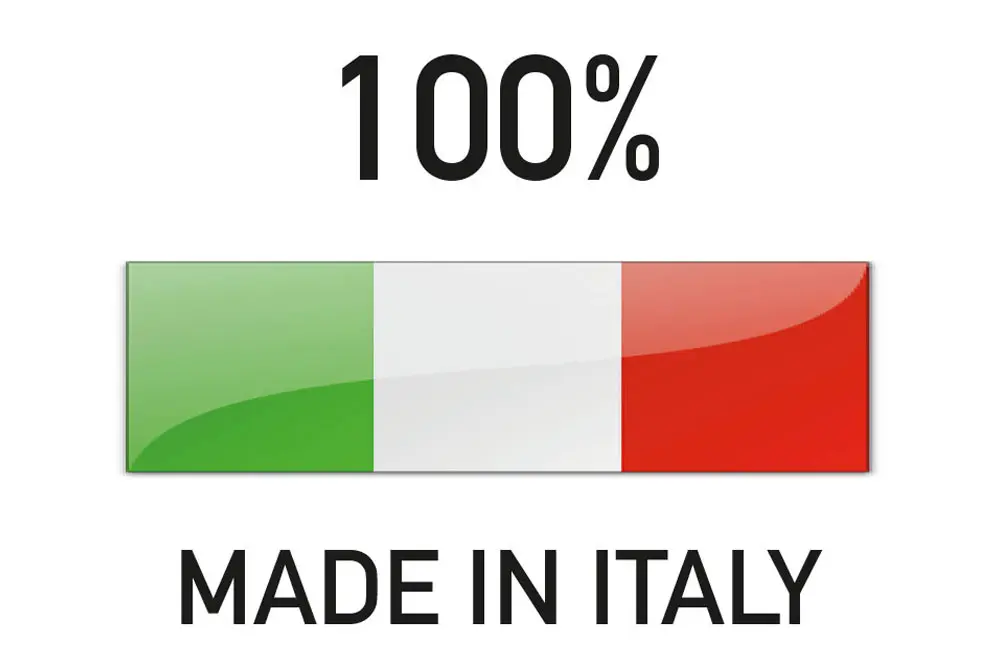Heat transfer and insulation types
All structural and cladding materials used in construction absorb and transfer heat. The use of Nanoceramix allows to exploit this heat in an appropriate way.
Nanoceramix stabilizes the amount of heat required (in winter) and repels the unwanted heat (in summer).
Nanoceramix can reduce heating costs during the winter months, and relative air conditioning costs during the summer months.
Nanoceramix will reduce energy costs throughout the year!L’isolamento standard fa rallentare il tasso di trasferimento di calore che è stato assorbito dalle pareti e dal tetto di un’abitazione.
NanoceramiX aggiunge uno strato di protezione globale per evitare dispersione di energia prima che il calore penetri nelle pareti, grazie allo strato isolante aggiunto direttamente nella pittura.
- About 85% of the heat is transferred. The heat ALWAYS moves from the hottest to the coldest in one of the following ways:Conduction: conduction is the transfer of heat through a solid object. When one side of an object is heated, the internal molecules begin to move faster and faster. When these molecules collide with other molecules inside the object they CONDUCT heat to the whole object.

N.B: Inside the walls and floors of a building most of the heat moves by conduction.- Convection: Convection is the heat transfer created by the movement of a fluid, such as water, or air.
Inside a cavity or room, the air removes heat from a portion of the interior wall warmer and distributes it evenly throughout the rest of the interior walls, dispersing it.
The convective motions of heat (the heated fluid masses tend to rise, the cold fluid masses tend to descend, in a continuous stir) make the temperature of all bodies uniform within the fluid.

- Radiation: any body radiates heat to colder bodies by means of “heat waves”. This is a direct form of heat transfer from one object to another, without the need to heat the air around it. It’s the same physical process with which the Earth receives heat from the Sun, or a radiator provides heat to the surrounding environment.

N.B. In the case of the sun and domestic heating, which in the example are represented by the body A (hot), the internal temperature does not decrease in a way directly proportional to the heat emitted (the amount of heating in the house is regulated by the thermostat, while the sun has a relatively constant amount of emission), so in the real case the temperature of A remains constant, while B (cold body) is heated gradually by radiation.













